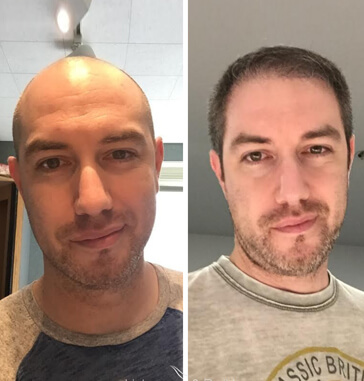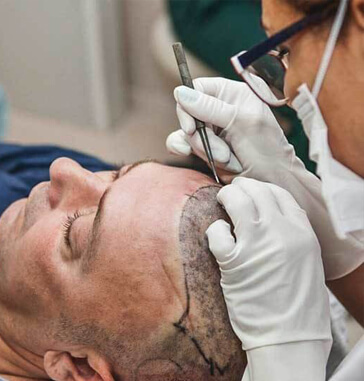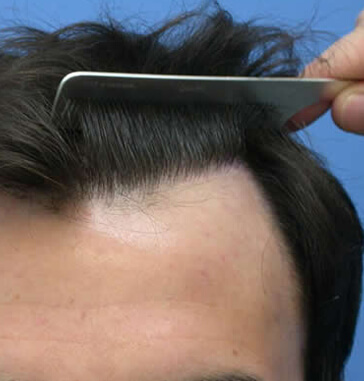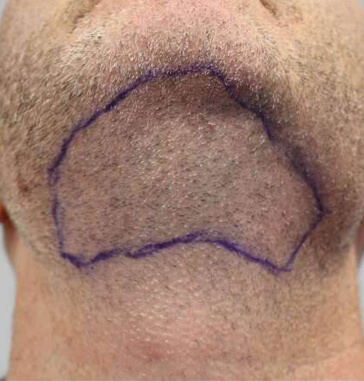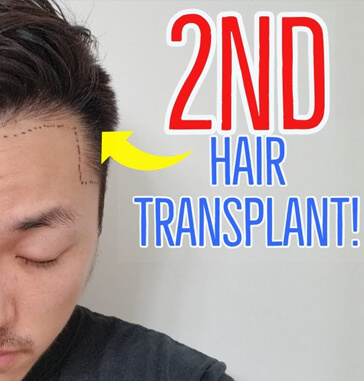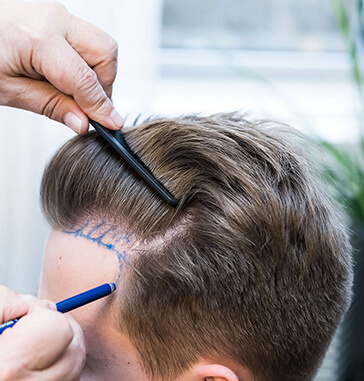What Is Men’s Hair Loss?
Men’s hair loss is quite a widespread problem affecting men from all age groups. Actually, by the age of 70, almost 80 % of men have hair loss issues because age is a very important factor for hair loss. It is so common that most men with balding issues do not care about it at all but for some of them it is a problem with how attractive they look. So they get to find a solution, permanent or temporary, to restore their hair loss.
As we age, our bodies and organs go through a variety of changes in the course of the normal aging process. However, there are other factors and diseases that lead to hair loss such as hormonal issues, genetic disposition, and autoimmune diseases. However, the most common cause of men's hair loss is male-pattern hair loss. This type of hair loss is also responsive to permanent hair restoration, namely hair transplantation.
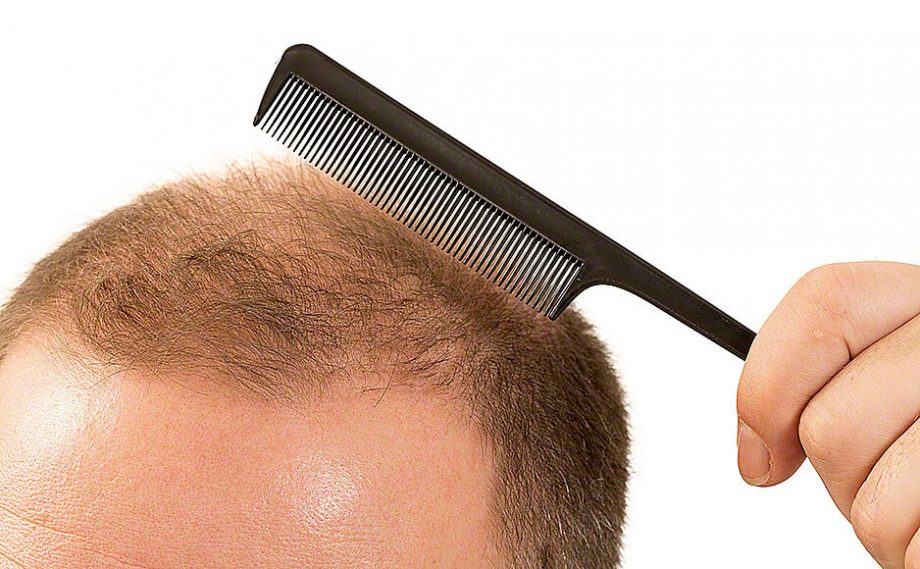
Male-pattern Hair Loss
The most common type of hair loss is male pattern hair loss, also called androgenetic alopecia. This type of hair loss has a specific kind of hair loss pattern at certain points of the scalp. Following this specific hair loss pattern, hair first starts to shed above temples and then recede to form an ‘’M’’ shape. Male-pattern hair loss is caused by two factors: genetics and hormones. So the interplay of these two factors leads to hair shedding.
Causes Of male-pattern Hair Loss
Androgens, namely DHT hormones, cause harm to the hair follicles that are genetically sensitive to this hormone. Your hair follicles have a growth cycle. Hair strands grow for 2 to 6 years, rest for a few months, and then shed. With male-pattern hair loss, the growth phase shortens, and your hair gets thin, weak, and eventually shed because the growth cycle ends and hair growth completely stops. So if a person is genetically sensitive to the effects of the DHT hormone, then they will lose their hair in a specific pattern. Why there will be no hair loss in some other areas of the scalp is because some hair in the scalp is resistant to the androgens.
Male-pattern hair loss is inherited and does not pose other health risks most of the time. However, if the baldness has other causes such as thyroid diseases, cancer, or autoimmune conditions then you first need to consult a doctor to get the underlying causes treated to restore your hair. Your doctor will consider your medical history and use this hair loss pattern to make the right diagnosis.
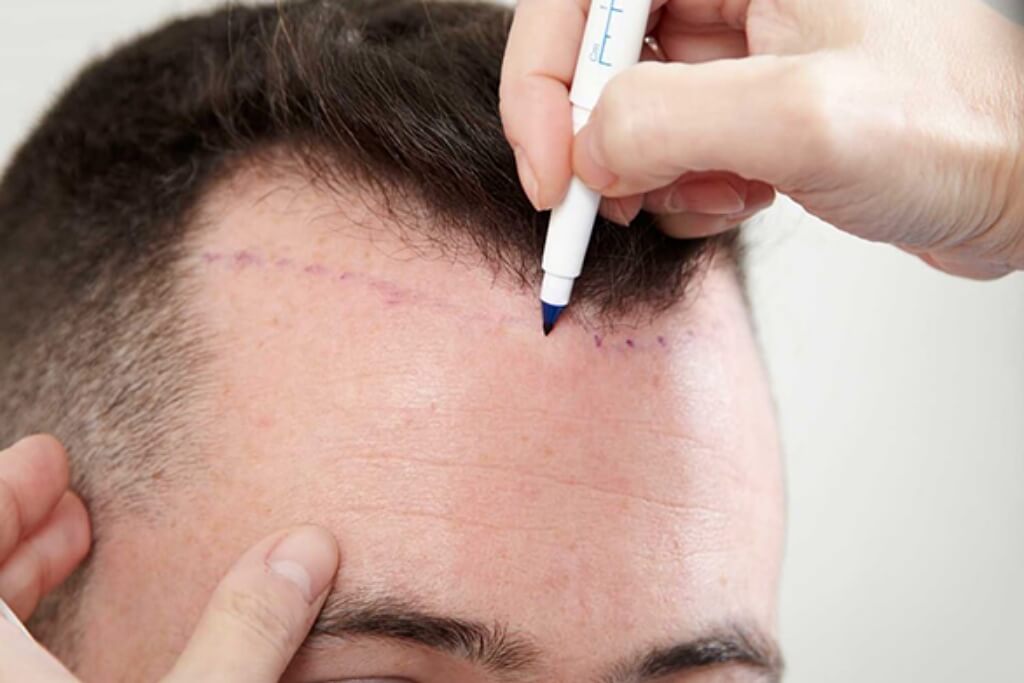
Treatment Of Men’s Hair loss
The treatment of men’s hair loss varies depending on the main cause of hair loss. If it is caused by autoimmune diseases or other health conditions your doctor will prescribe the necessary medications to heal the disease and regenerate the hair. However, if it is caused by male-pattern baldness the drug interventions are limited with partial effects. So here are the most effective men’s hair loss treatment options:
Wigs:
Wigs are useful to cover baldness or other hair issues. However, it is not a permanent solution, and you may feel like you are holding something unfamiliar on your scalp, which may cause discomfort.
Medications:
Minoxidil and finasteride are the drugs of choice when it comes to male-pattern baldness. Minoxidil is a kind of cream applied to the balding areas on the scalp. It may slow down hair loss and promote hair growth to some extent. But you should keep taking minoxidil for the continuation of its effects. Minoxidil has also various side effects such as weight gain, rapid heartbeat, swelling throughout the body, and chest pain.
Finasteride is a medication to treat an enlarged prostate but it is also effective to slow down hair loss in men by blocking the DHT hormone. But if you stop taking it, the effects will be temporary and hair loss will come back. Finasteride is not free from side effects either. Some of the side effects of finasteride are depression, painful ejaculation, itching, hives, and breast tenderness.
Hair transplants:
Hair transplant is the most effective hair restoration method however it is invasive and a bit more expensive as compared to other methods. During a hair transplant procedure, your doctor will collect hair follicles from the donor area and then implant them into the balding areas. Its side effects include the risk of infection, pain, and itching.

